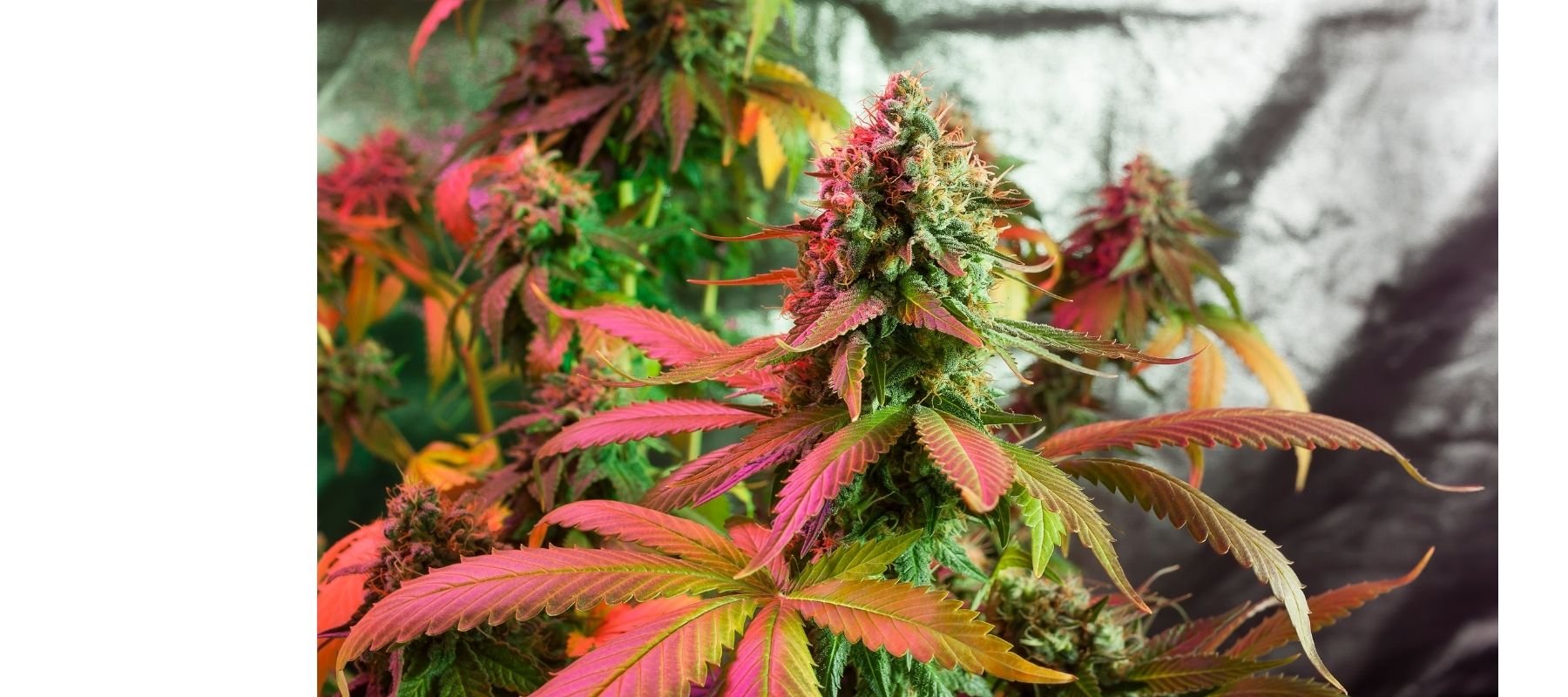
Pairing Cannabis Products With Food
Given the gradual normalization of cannabis in mainstream culture, many connoisseurs have taken to the art and science of pairing any of the seemingly endless varieties of cannabis strains with a complimentary selection of foods and beverages. As many more states and provinces approach the legalization of cannabis cafes, restaurants, and lounges, planning how to creatively blend the personalities of unique strains of cannabis with the flavors of various dishes is an intriguing endeavor.
Below, we offer some important suggestions and wisdom from other sources for your consideration. The key elements of the planning should include:
The “Weight” of the food and the cannabis product pairing
Consider Timing
Understanding that Terpenes will interact to create the final dining experience
The Desired Overall Experience
The “Weight” of the Food & Cannabis Product Pairing
The first trick to understanding how to strategically pair food and cannabis is to know that the “weight” of the meal and “weight” of the strain must be balanced. “Weight” in food is determined by body and richness. Think of a grilled steak (heavier) compared to poached fish (lighter). For cannabis, “weight” is determined by the strain’s side effects and potency. Sativa (lighter) is used mainly during the day when the user wants to stay focused, and Indica (heavier) is taken more at night when the user wants to relax or sleep.
The profile of the cannabis strain should match the recipe's characteristics when cooking. For example, Sativa strains would be paired with lighter foods, including fresh salads, dips, smoothies, oven-roasted chicken and seafood pastas. Indicas typically pair best with richer foods, including pan-seared steak, red sauce pastas, pizza, mushroom risotto, truffle mashed potatoes and cornbread due to the strain’s comforting side effects. If you are looking to lift your mood, cook with a Sativa. If you need a sleep aid, an Indica strain should be included in your recipe.
Consider Timing
Timing is Everything & Patience and Planning are Key
There are also a few things to remember about the timing of the effects of cannabis and the food that you are preparing.
The golden rule is GO LOW and GO SLOW. Why? When marijuana is smoked or vaped, the user instantly feels high, but when the drug is ingested it is likely to take at least an hour for any effect to be felt. That often leads to people thinking it isn’t working and using more than they need.
Understanding the Beauty of Terpenes
The Desired Overall Experience
Pairing an Indica flower with your dessert provides a calming and relaxing sensation to the end of your meal, and are known for their ability to soothe a full stomach.
If you prefer to eat foods that mask any potential flavours of the cannabinoids, aim to pair your cannabis with chocolate, caramel, spicy foods, and dishes spiced heavily with basil, lavender, cilantro, lemon or pepper.
If you want to enhance the effects of cannabinoids, consider pairing them with:
Mangoes: High in myrcene, the cannabinoid receptors in the brain bind with THC and myrcene to enhance your “high” and allow it to last a little longer.
Green & Black Teas: Compounds in these teas bind with receptors in the brain already responding to THC, stimulating relaxation and feelings of peace. Drink before to increase potency and duration of your “high”.
Broccoli: Contains beta caryophyllene, which works in tandem with cannabinoids to reduce inflammation and physical pain.
Coconut Oil: The most effective binding agent for cannabinoids. The saturated fat bonds with cannabinoids twice as well as with butter or cooking oils.







